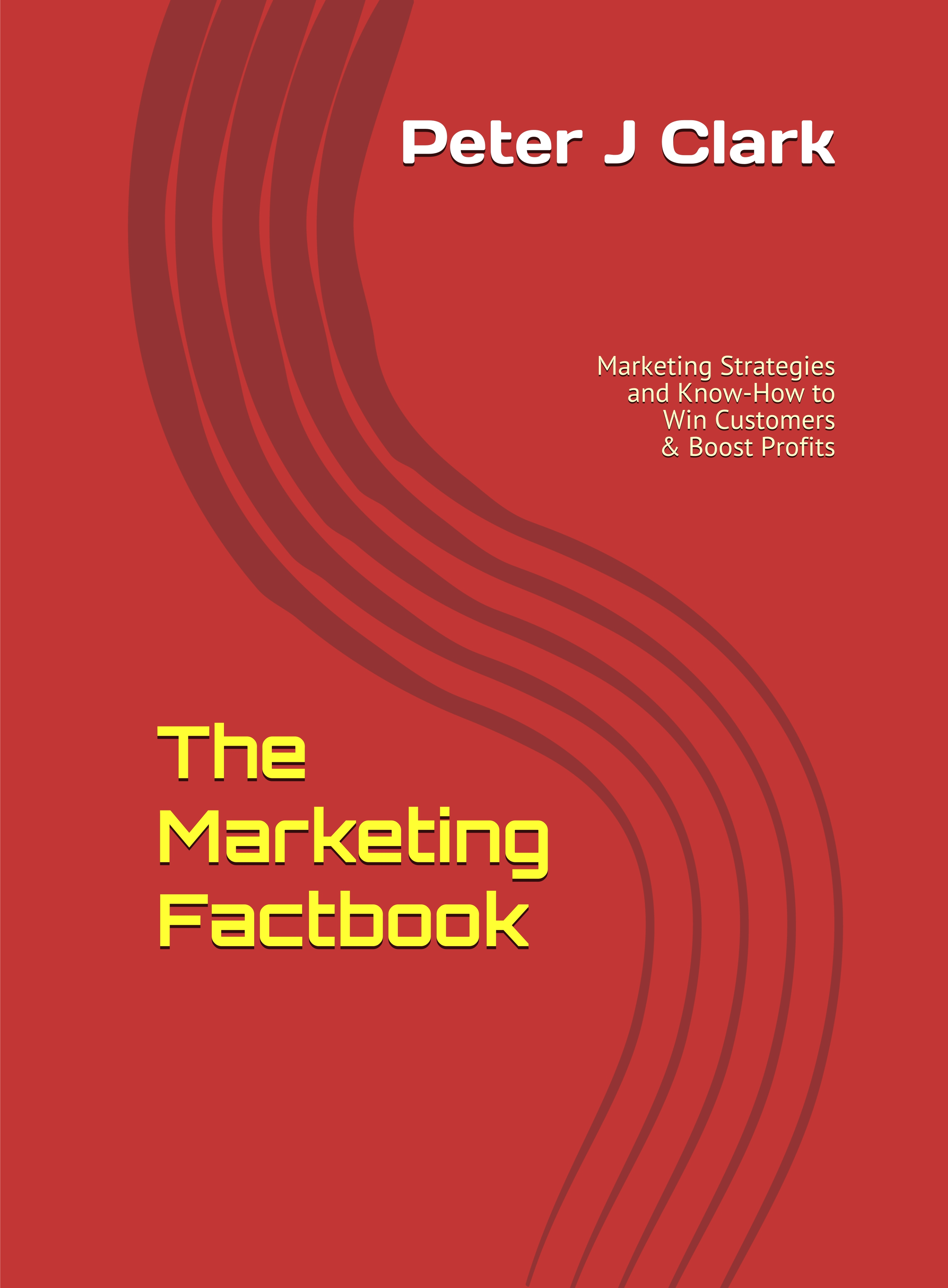Top 10 Guidelines for Great Gamification
The Incentive Research Foundation (IRF) has recently published a white paper that details the foundation's top ten crucial tips on how companies and brands can design more successful game-based programmes to slot into their marketing and engagement strategies.
Since research firm Gartner identified "gamification" as an emerging technology in its Hype Cycle Report, the term has become a buzzword. The idea is simple: it comes from the recognition that games are extremely good at engaging their players. Gamification applies the elements of games that make them engaging to drive interaction, competition, innovation, performance and other behaviours in a non-game context. Non-game contexts can be anything from work, learning and civic engagement to health and fitness, meetings and incentive programme participation.
The paper, entitled 'Gamification Done Right - The Do's and Don'ts', warns that although gamification success stories abound, there are just as many (if not more) failures. In fact, by the end of 2012 there was enough evidence about unsuccessful gamification efforts in business that Gartner noted "80% of current gamified applications will fail". And what is the main culprit for these failures? Research suggests that the greatest obstacle to success with most gamification efforts is poor design.
The paper, produced with support from Dr Michael Wu, chief scientist at Lithium Technologies, includes implementation recommendations for incentive travel and recognition programmes, as well as these essential steps to improve programme design and enhance overall execution, as follows:
- Understand the Behaviours You're Trying to Drive
Productivity is not a single human behaviour, nor is relationship-building. Instead, each of these high-level results consists of many specific detailed behaviours. Think of all the different activities that people employ to improve productivity, such as education and adopting new tools. You must know all these behaviours well enough to list them in detail. - Use Sophisticated Analytics for Tracking, Measurement and Inference
After developing a list of behaviours you're trying to drive, you must have ways to track those behaviours so you can measure them. After all, what good is knowing the behaviours that lead to success if you can't measure (or improve) them? Although gamification is mostly about psychology, not technology, behaviour tracking is where technology can really help. - Keep an Eye Out for Unintended Consequences
Gamification changes behaviours in the physical world and can affect people in real, tangible ways. One of the great dangers of rewarding any behaviour with an incentive is that people try to game the system. Another unintended consequence of gamifying a behaviour is that people might overdo the behaviour. This often leads to excessive, obsessive (and in extreme cases), addictive behaviour. - Know Your Players
This means knowing if your players have the following three underlying behavioural factors: 1) Do they have the motivation and want to perform the behaviour? 2) Do they have the ability (and access to all the resources necessary) to carry out the behaviour? 3) Is there a trigger that prompts them to take action? Most importantly, do they have all three factors at the same time? Only then will your players carry out the behaviour you want reliably. - Decide the Timescale of Your Desired Behaviour Change
Knowing the effective timescale you want to achieve really comes down to picking the right tool for the job. Gamifying engagement of a marketing campaign that lasts a few months requires a very different set of tools from driving participation during a meeting or conference that lasts for only a few days. Likewise, driving loyalty that lasts for many years is very different from gamifying other short-term behaviour changes. - Create a Community for Your Players
Gamification tools with a feedback timescale longer than a few weeks require a community to be most effective. For example, without a community, leader boards don't work very well because your players will be playing with people they don't know and don't care about. Consequently, the competition will be less meaningful, and thus less effective at driving the behaviour you want. - Try to Create Ways for Everyone to Play Frequently
Whether it's a video game, poker or golf, not all games appeal to everyone. Similarly, gamification often does not appeal to everyone equally. Consequently, the range of participation levels in your gamification can vary widely. Tying the gamification of the event to behaviours that can happen frequently and are accessible to all (e.g., location check-ins and picture posts) will engage a deeper part of the core audience. - Don't Gamify Behaviour that Doesn't Provide Value to Players
Regardless of the experience you are gamifying, it must eventually generate some real value. Otherwise, your players will eventually realise that you have wasted a lot of their time playing, but provide no value what so ever. This leads to gamification backlash, where your players start to resist your future attempts at gamification. - Don't Try to Fix a Broken Product or Service with Gamification
Gamification is the icing on the cake. If your cake is bad, the icing won't make it taste any better. It may make the cake look more appealing, and many might actually take a bite to try it. But because the cake is bad, they will stop eating and tell others not to bother. - Don't Build a Game On Top of Existing Processes
Quite a few companies have tried to build games on top of their enterprise systems and workflow process to drive adoption and usage. These attempts work in the short term, but they all failed eventually, because a game on top of work is generally not fun. Moreover, they often make work less efficient.
Sources: The Incentive Research Foundation IRF / The Marketing Factbook.
Copyright © 2014 - 2025 The Marketing Factbook.
Categorised as:
- Customer Experience
- Customer Loyalty
- Knowing The Customer
- Marketing Know-How
- Marketing Technology
